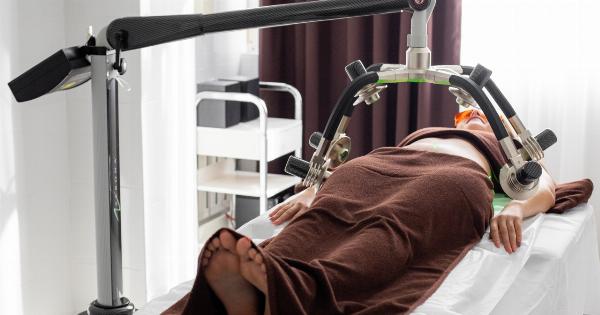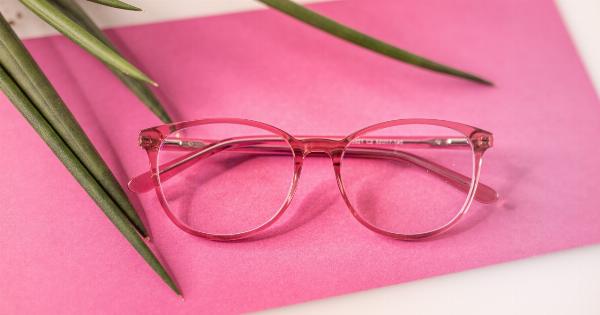Presbyopia is a condition where the eyes gradually lose the ability to focus on objects up close, usually occurring in people over the age of 40.
For many people, this means constantly wearing reading glasses or bifocals to perform simple tasks like reading a menu or using a computer. However, recent advancements in technology have made it possible for presbyopia to be treated without the need for corrective lenses.
What is Presbyopia?
Presbyopia is a natural age-related vision condition that affects almost everyone as they get older. It occurs when the lenses in the eyes lose flexibility and are no longer able to adjust and focus on objects up close.
This makes reading and other close-up tasks more difficult, resulting in the need for reading glasses or bifocals.
Reading Glasses and Bifocals: Traditional Treatment for Presbyopia
Reading glasses and bifocals have been the traditional treatment for presbyopia for many years. While they can help improve near vision, they come with their own set of challenges.
For example, many people find them inconvenient to constantly take on and off, keeping track of them can be difficult, and some people may feel self-conscious wearing them.
What Are the New Treatment Options?
Thanks to recent advancements in technology, there are now several new treatment options available for presbyopia. These include:.
1. Monovision Contact Lenses
Monovision is a technique where a person is fitted with one contact lens that corrects distance vision in one eye and a different contact lens that corrects near vision in the other eye.
This allows the brain to adapt and automatically choose which eye to use for different distances. While it can take some time to adjust to this type of vision correction, many people find it to be a viable alternative to reading glasses or bifocals.
2. Multifocal Contact Lenses
Multifocal contact lenses have different zones on the lens that correct for near, intermediate, and distance vision. This allows people to see clearly at all distances without the need for reading glasses or bifocals.
While multifocal lenses are more expensive than traditional contact lenses, many people find that the convenience they offer is worth the extra cost.
3. Refractive Surgery
Refractive surgery, such as LASIK, can be used to correct presbyopia by reshaping the cornea of the eye. This can improve near, intermediate, and distance vision, depending on the specific procedure used.
While surgery may not be the best option for everyone, it can provide long-term relief for people who do not want to rely on contact lenses or glasses.
4. Corneal Inlays
Corneal inlays are small devices that are implanted in the cornea of the non-dominant eye. They work by increasing depth of focus, allowing people to see clearly at all distances without the need for corrective lenses.
While corneal inlays are a relatively new technology, they have shown promising results in clinical studies and may provide a permanent solution to presbyopia.
Conclusion
Presbyopia is a common condition that affects millions of people around the world. While traditional treatment options, such as reading glasses and bifocals, have been effective, they can be inconvenient and uncomfortable for many people.
Fortunately, advancements in technology have led to the development of new treatment options, such as multifocal contact lenses, refractive surgery, and corneal inlays. If you are experiencing presbyopia, talk to your eye doctor about which treatment option may be right for you.




























